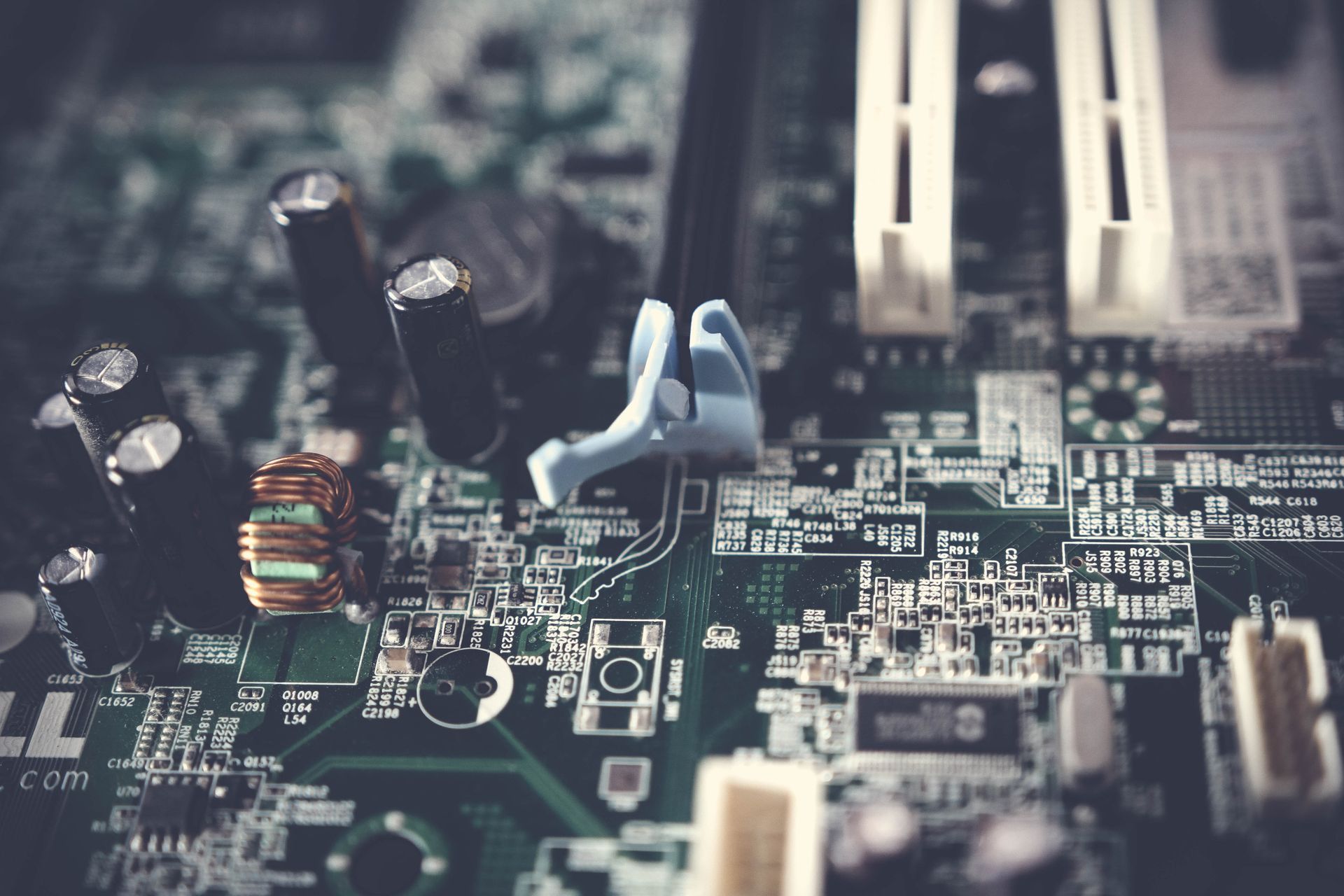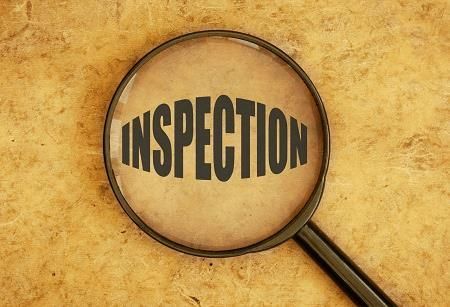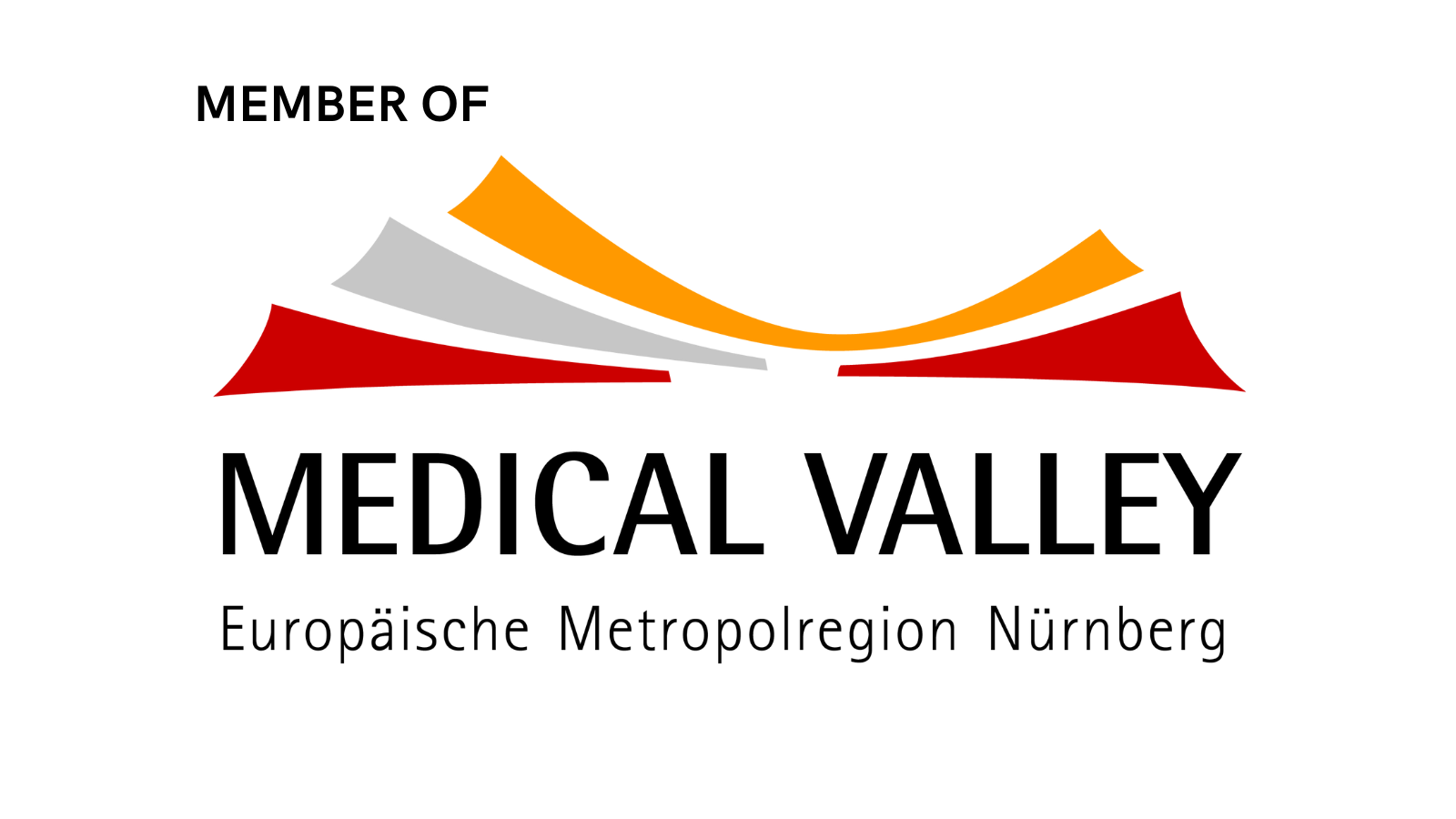Chinese device description at technical documenttion
Device description in Chinese registration

Background of one of the most important registration documents
The document device description is well known chapter at product registration. Actually in every company this important document has a long revising lifecycle with diverse departments and different purposes. It is correctly controlled, clear understandable and compliant to different country-specific requirements? It is at least not exactly described for Chinese registration. Device descriptions are SEPERATED at Chinese dossier in different chapters and often most deficient parts by authority.
The basic requirements are already stipulated by IMDRF (Non-In Vitro Diagnostic Device Market Authorization Table of Contents, 2019). In the guidance there is indication with country specific requirements in Canada, EU, Japan, Australia, US and China. We summarised the description items below which should be basic of your general device description:
· Intended use and indication
· Contra-indication and warning
· Environment
· Users
· Features, variants and operating modes
· Software function
· Product specification
· List of accessories
· Device combined to
· Components
· Sterilization method
· Composition of device, material specification and chemical composition direct or indirect contacting patient
· Biological material or deviate
· Active pharmaceutical ingredient
· Engineering diagrams/prints and schematics
Checklist of Chinese device description
Be careful there are several subchapters under main chapter CH 2 Summary maaterial at Chinese dossier. You have to find own tactic to reference these special requirements in early draft of R&D.
We just explained key subchapters which are always in misunderstanding, trouble and deficiency.
1. Chinese product name
Later before submission of the dossier, the product name in China should be fixed. The trivial mistake is to translate foreign product name into Chinese. In China there is special naming rule for medical device. You can only have a general product name without adjective description. This product name should be consistent in the whole dossier (IFU, Label), though not necessary in V&V documentation and will be published in final Chinese certificate.
2. Chinese product variant, model, component, configuration and accessories (CH2.4.1)

We believe that you might have the same or different product variant and model in China. For the initial registration, please consider any variant covering this Chinese variant is in home country approved because it is prerequisite to mark firstly medical device in China besides innovative products.
Functions, product features and operating modes, technical parameters, etc. belong to basic device description.
By listing components, configuration and accessories, don’t forget use diagram, photos, schematics, table and drawing to illustrate medical device. Keep in mind of sensible often changed critical parts to list exposed to reviewers if they are impacting safety and effective requirements. Derived from the mind of change registration by change of critical components, you have to describe them intelligently.
Besides basic description of subject medical device and its basic components, don’t ignore that software should be described as well. Behind listing different software unit/options what is the function in details? It hides the product features which should not only understood by users but also by authority.
For passive medical device, raw material direct and indirect contacting patients should be listed or separated annexed.
3. Intended use and Patient population (CH2.5.1 and CH2.5.3)
In the chapter of intended use, you should have similar intended use which 1. under scope of “Chinese classification catalogue”. Formulate it generally and short. The intended use can be different in wording than the original intended use, however 2. not over the scope of original intended use in home country.
The patient population must be addressed as well as Patient Selection Criteria.
Subsequent to intended use subchapter CH2.5.1 there is a special subchapter CH2.5.3 “Use for child” where you have to specify the age of children and conditions to use medical device for children.
4. Device Packaging (CH2.4.2)
The description of Device Packaging in China is in a separate chapter into which should be taken account for sterile medical device and medical device with Microbial Limit Requirements. Often the reviewer asks the material of packaging und physical parameter of all levels of packaging.
5. R&D History (CH2.4.3)
It is written in EU MDR annex II and in Chinese guidance (“Electronic table of content of medical device registration application materials” and “Requirements for application materials for medical device registration and formats of approval documents”). Writting R&D history is perhaps not important for European notified body.
However for Chinese registration an equivalent device (either previous or similar) should be referenced by telling the R&D story and the explanation of development of subject device based on equivalent device must be explicated.
6. Previous and similar device (CH2.4.4)
Here are some marks of substantial equivalence compassion in US. Different is that you have to compare to an equivalent medical device which was approved in China.
You should able to explain functional features. Not just for change registration, the equivalent device oft understood in China as previous or from competitor must be mentioned with marketing history (when approved in China). We recommend you to compare subject device with previous and similar device in a detailed comparison table with all aspects and comments about the difference if applicable. If the own previous device was in the case, a historic of development with changes should be written, akind of repeat of CH2.4.3.
Novel or new features
This is especially important for Chinese reviewer to understand what are new features at subject registration compared to previous device or other competitor device. The reviewer should easily follow the highlights in this registration which they will be under stringent review. It means that you should be ready to have evidence for the novel and new features in risk management, verification internally or externally, clinical evidence if needed even in clinical study.
7. Compatibility with other medical device (CH 2.7)
If subject device can be combined to another in China approved medical devices or components. The registration info and specification of combination devices or components should be provided.
8. Keep or delete some country specific descriptions?
Must not include in Chinese device description
· The physical, chemical, mechanical and electrical properties are not sufficient if they were not needed to understand the whole product. These details and supporting testing are usually in chapter 3.
· Sales volumes in different country is in chapter x at Chinese dossier
· Chinese label is in chapter x at Chinese dossier
· Technical data is typically at the end of IFU. However some useful parameter can be used at chapter of device description as dimension, weight, typical functional parameters
· Country specific standard and regulation
· Country specific code (as in EU, MDA/MDN, MDS, MDT, basic UDI-DI)
Might include in Chinese device description
There are special descriptions in EU or US market having its product code, classification, label, indication for use, different variants. In general it helps the reviewer to understand the different variants. If it was well structured instead of mixed described, this will not be an issue for device description in China.
Outlook of Chinese device description

Interface to other departments and documents
The research document device description is primary edited by department product mangement and proved by regulatory affairs, marketing, clinical affairs and R&D. In the reality it is a resource for instruction for use, for V&V testing of specifications, for clinical evaluation or study of claims, for external marketing material, for user scenarios of usability test. A well-structured device description acts as more than a product dictionary to look after all info related to products. It is a high-quality extract from all R&D departments. From each description you can find supporting material in “device history file”.
Understanding of smart device description
It is not surprised that many western manufacturers have always deficiency after dossier submission at Chinese registration. If you were smart, a general “all in one” device description can be written for all markets. You can mark the special chapters for Chinese registration and integrate it to each needed Chinese table of content. Or you can have a separated Chinese device description for Chinese model to be marked in China.
We experience a lot of device descriptions without any pictorial representation. If it was not secret and the subject has no continuous design change, we recommend manufacturers to explain the whole system with basic components, variants, accessories with pictures. Even for a complex function, use typical thought of QM process; make an easy work flow illustrating the user steps.
Depending on products, the length of device description is no longer than 40 pages.
Make reference document with exact numeric chapter at submitted dossier. The un-submitted internal documentation MUST NOT referenced to avoid that endless referenced documentation is under new interest to re-submit.
It is a foundation to have a plain device description beneficial internally, for product registration and for advertisement later. Make as much efforts to highlight your products marked globally. It is not just for authority or match of regulatory requirements, however a descriptive visit card for next victory.
Contact us
We can support you to deviate Chinese device description from e.g. EU MDR annex II using template and checklist.
Or you can write a compliant Chinese device registration on your own after our gap analysis.












